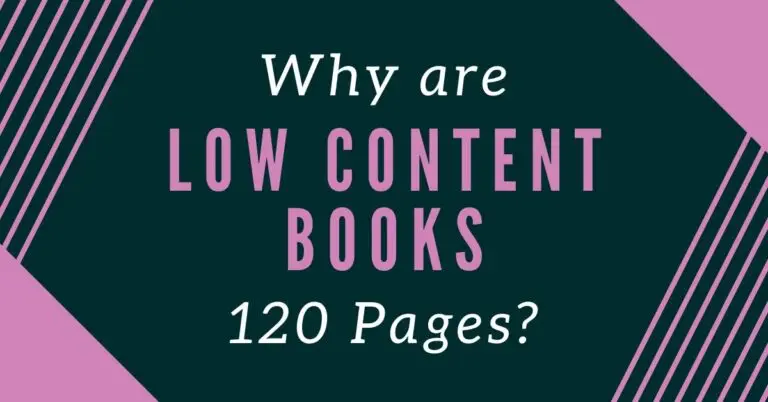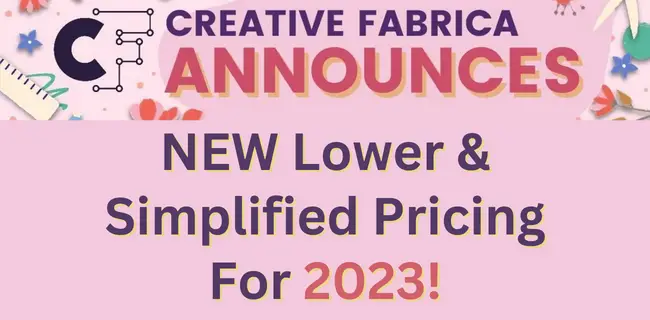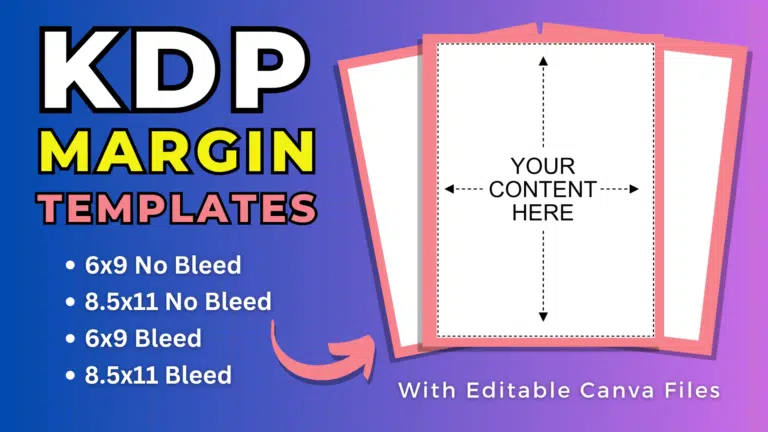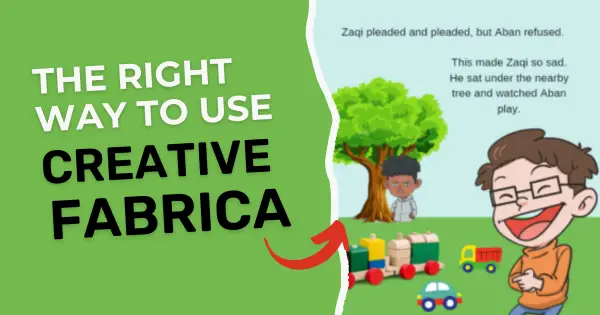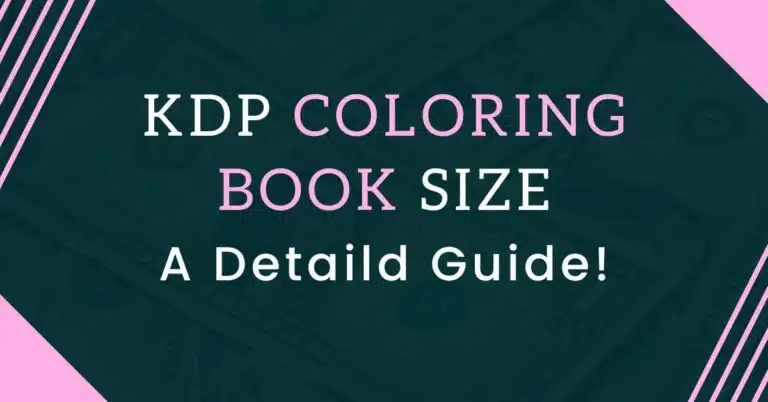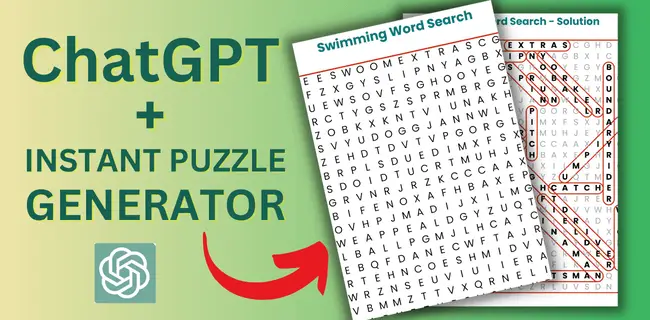Amazon KDP Interior Margins: Everything You Need to Know!
Last updated on December 4th, 2024 at 01:20 pm
Have you ever wondered about the importance of margins for your self-published book on Amazon KDP? Well, wonder no more!
Margins play a critical role in the aesthetics, readability, and even printability of your book. Understanding KDP’s margin requirements and best practices will ensure your book looks polished and professional.
In this blog post, I will quickly explain Amazon KDP Margins for you. Additionally, you will learn about margins for most popular trim sizes.
So, keep reading…
Understanding the Different Interior Margins

🎁 Download 15 FREE KDP Interior Templates
Save time and create beautiful low-content books faster with these 15 ready-to-use KDP interiors — completely free! Perfect for journals, planners, and activity books.
Below some of the key elements you need to keep in mind to truly understand KDP interior margins.
Inside Margin (Gutter)
This refers to the space between the text or content area and the binding edge of the book. In a double-page spread (two facing pages), the gutter appears on the inside of each page.
This margin increases with higher page counts to accommodate the thickness of the book’s spine.
Outside Margin
This is the space between the text or content area and the edge of the page on the left (for right-facing pages) and the right (for left-facing pages).
Top Margin
This is the space between the text or content area and the top edge of the page.
Bottom Margin
This is the space between the text or content area and the bottom edge of the page.
KDP Margin Requirements and Recommendations
KDP margins serve two key purposes:
- Preventing Text Cut-Off: They ensure your book’s content stays safely within the printable area, avoiding any unwanted surprises during the printing process.
- Spine Accommodation: The inside margin, also called the gutter, increases with higher page counts. This is because thicker books require more space for the spine to allow for proper binding and comfortable reading when the book is open.
Here’s a breakdown of KDP’s minimum margin requirements based on page count and bleed options:
| Page Count | Inside (Gutter) Margin | Outside Margin (No Bleed) | Outside Margin (With Bleed) |
|---|---|---|---|
| 24 to 150 pages | 0.375 in (9.6 mm) | At least 0.25 in (6.4 mm) | At least 0.375 in (9.6 mm) |
| 151 to 300 pages | 0.5 in (12.7 mm) | At least 0.25 in (6.4 mm) | At least 0.375 in (9.6 mm) |
| 301 to 500 pages | 0.625 in (15.9 mm) | At least 0.25 in (6.4 mm) | At least 0.375 in (9.6 mm) |
| 501 to 700 pages | 0.75 in (19.1 mm) | At least 0.25 in (6.4 mm) | At least 0.375 in (9.6 mm) |
| 701 to 828 pages | 0.875 in (22.3 mm) | At least 0.25 in (6.4 mm) | At least 0.375 in (9.6 mm) |
Important points to remember:
- These are minimums. You can always opt for wider margins for improved readability or aesthetic purposes.
- Top, bottom, and outside margins can differ. You can have wider top and bottom margins for a more traditional look while keeping the outside margin at the minimum.
- Double-check your software! Some programs might have separate fields for “gutter” and “inside margin.” Make sure both have the same value.
👉 Need KDP Interiors? Download 10 Free KDP Interiors: https://bit.ly/3TEDBZm
What are Trim Size, Bleed, and Margins?
Below I will briefly explain three most important things that you need to know while creating book interiors for Amazon KDP.
Trim size
Trim Size refers to the final dimensions of your physical book after it’s been printed and cut. The most popular trim size for paperbacks in the US is 6 x 9 inches, but you have a wide range of options to choose from. Keep in mind that some sizes may affect your printing costs.
Bleed
Bleed is printing that extends to the edge of the page. If you want any elements of your book design (like images or backgrounds) to bleed to the edge, you’ll need to set your page size larger than your trim size to accommodate the bleed.
Margins
These are the spaces between the edge of the page and your book’s text or other content. Margins play a crucial role in the readability and overall aesthetics of your book.
Choosing the Right Margins for Your Book
There’s no one-size-fits-all answer when it comes to choosing margins. The ideal margin size will depend on several factors, including:
- Book genre: Different genres may have different conventions for margins. For example, fiction books often have wider margins than textbooks.
- Font size: If you’re using a smaller font size, you may want to use slightly wider margins to improve readability.
- Content type: Books with a lot of images or graphics may benefit from slightly wider margins to avoid a cluttered look.
- Personal preference: Ultimately, the choice of margins is up to you. Experiment with different margin sizes to see what looks best for your book.
Beyond the Basics: Designing with Margins
While KDP’s minimum margins ensure proper printing, you can use margins creatively to enhance your book’s design.
Wider margins can create a more luxurious feel, while narrower margins can give your book a modern look. Consider the overall aesthetic you’re aiming for and experiment with different margin combinations to find the perfect balance.
Conclusion!
By understanding KDP’s margin requirements and exploring creative design options, you can ensure your self-published book looks polished, professional, and reader-friendly.
Don’t be afraid to experiment and find the margin style that perfectly complements your book’s content and genre.
Remember, margins are a powerful tool to enhance the overall aesthetics and user experience of your book. So, get creative and conquer those KDP margins!
Keep reading about Amazon KDP…
Join The Digital Income Flow Community
The Digital Income Flow is an exclusive community for creators who want to build multiple streams of digital income through self-publishing, affiliate marketing, and digital products.
So far, 57 founding members have joined and Full KDP Course is already live — with more content dropping soon. Be part of a growing group of creators taking action every week!
Join The Community💬 Connect with like-minded creators, share your progress, and learn directly from real-world case studies.

